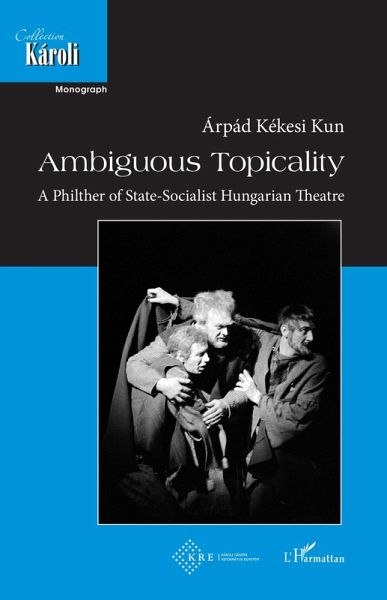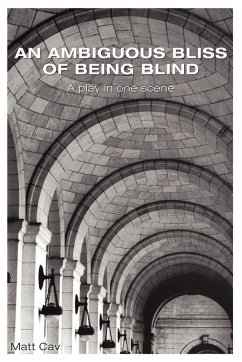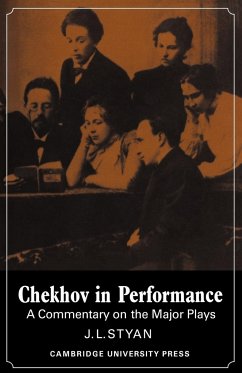
Ambiguous Topicality
A philter of state-socialist hungarian theatre
Versandkostenfrei!
Versandfertig in 1-2 Wochen
19,00 €
inkl. MwSt.

PAYBACK Punkte
0 °P sammeln!
This monograph examines the Hungarian theatre between 1949 and1989 and uses Philther as the method of writing theatre history. In linewith the Philther categories, the twelve performance analyses comprisesix units: the context of the performance in theatre culture; dramatic textand dramaturgy; staging; acting; stage design and sound; the impactand posterity. They focus on the beginning, middle and end of statesocialism through the productions of three different theatres. The first fourchapters examine shows of the Operetta Theatre in Budapest immediatelyfollowing the nationalization of cultura...
This monograph examines the Hungarian theatre between 1949 and1989 and uses Philther as the method of writing theatre history. In linewith the Philther categories, the twelve performance analyses comprisesix units: the context of the performance in theatre culture; dramatic textand dramaturgy; staging; acting; stage design and sound; the impactand posterity. They focus on the beginning, middle and end of statesocialism through the productions of three different theatres. The first fourchapters examine shows of the Operetta Theatre in Budapest immediatelyfollowing the nationalization of cultural institutions. The next six chaptersdeal with performances of the National Theatre during the consolidationof the Kádár regime, and the last two chapters present productions of theKatona József Theatre shortly before the regime change. They all addressthe question of topicality, the adaptation of stories to contemporaryexpectations, which often involved the emergence of ambiguity and theinvoluntary shift of interpreting stage events in the light of the spectactors own situation.












